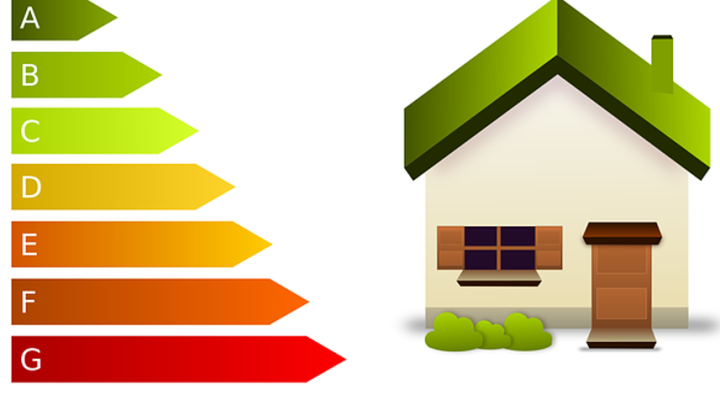
A high-performance home differs from the traditional house in that contractors prioritize efficient technology with an eco-conscious thought process. In traditional home builds, energy efficiency is a constant battle, maintenance seems endless, and greenhouse gas emissions adversely affect the environment.
A high performance home, also referred to as a high-efficiency house, aims to offer “net-zero energy” and reduce water use. The modern residence is a green space exceeding the traditional standards as far as “energy use, durability, temperature, and air quality.”
To accomplish this efficiency level, leaders in home building choose supreme HVAC systems and heat pumps that utilize the home’s size as a gauge when regulating the temp,
A high-performance home can be developed with any size, construction type, or living space as long as regulated temps, quality air, and efficiency exceed that of a traditional house. Let us look at the primary features of one of these homes.
Primary Features Associated with High Performance Home Construction
The builders of high-performance homes or high-efficiency house aim to provide a home that is energy efficient, environmentally friendly, and offers less maintenance.
With a traditional home, the issues faced by many homeowners are a constant battle with high energy costs, endless care and upkeep schedules, and greenhouse gas emissions leading to their adversely affecting the environment.
Most people nowadays are eco-conscious with a desire to live clean. The traditional home did not allow that choice, but the high-performance home allows the alternative many were looking for.
Learn about these energy-efficient homes at https://www.seattletimes.com/explore/at-home/a-look-at-high-performance-homes-the-energy-efficient-solution-of-the-future/. What are some of the features included in these homes? Let us learn.
The contracting “envelope” is of a high quality.
Water impermeability in a high-performance home includes the walls, doors and windows, roof, foundation, and all the components. With a traditional house, the air is able to pass through many gaps, cracks, and crevices, but that is not possible with homes designed to be optimally efficient.
Heat loss is avoided through solid insulation placed throughout these living spaces. That not only helps to keep a steady temperature in the home each season but equates to utility savings throughout the entire year.
A continuous insulation layer helps to remove the possibility of air coming in through cracks or crevices where electrical or plumbing work was performed. This uniform insulation layer allows the highest level of energy efficiency that high-performance homes have become known for.
Airtight construction
Traditional houses have poor air quality, which is usually a given because air gaps allow contaminants to invade the living space, leading to health concerns for those in the house.
Adding layers of insulation prevents openings in crevices and cracks, leaving no room for contaminants.
In addition, improved HVAC quality with the high-performance home keeps contaminated air filtered, further removing contaminants, and allowing fresh air to circulate. The building is essentially airtight with minimal likelihood of contaminant invasion. Click for details on creating a high-performance home.
Programmable thermostat
A high-performance house will come with a programmable thermostat boasting to reduce energy. These allow the homeowner to schedule temperatures into the system for up to a week at one time.
The HVAC will encourage climate control by keeping the house at a steady temperature, helping to reduce the homeowner’s carbon footprint, and saving on costs.
The windows (low emissivity)
Windows in a traditional home are poorly insulated. If you stood near one on a blustery winter day, you could feel the chilly air. That can affect the temperature in the home, causing the HVAC equipment to work harder and pushing utility costs higher.
High-performance homes bring with them “low emissivity” windows, helping retain a regulated interior climate. The utility costs reflect the energy efficiency with more than half better retention than the traditional house.
Cooler roofing
The lighter the roof color, the cooler the house remains. With many traditional houses, the roofing is dark in color. These note absorbing heat, which will then make its way into the living space. Any heat that does not get soaked up by the roof reflects into the atmosphere.
If all the neighboring homes in the community have dark roofs, it can lead to what is referred to as an “urban heat island effect.” This will create a rise in temperature throughout the entire area.
Because of higher temperatures, there will be increased air conditioning use, exposing the environment to elevated levels of greenhouse emissions.
Light-colored roofing is used for high-performance homes and absorbs minimal heat. In fact, these are reflective, helping to redirect the heat. That means the HVAC does not need to be overworked to create a comfortable living space on the home’s interior.
Final Thought
Traditional homes lack the level of energy efficiency that a high-performance home incorporates into their buildings.
That is not to say that traditional homes do not have benefits. Still, in the modern world, where more people are eco-conscious and prefer living as clean and efficiently as possible, investing in a high-performance home just makes sense.
Leave a Reply